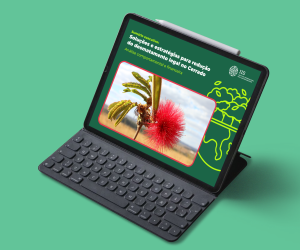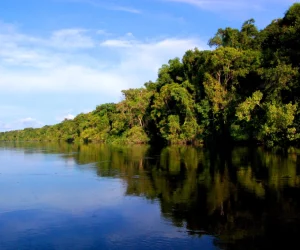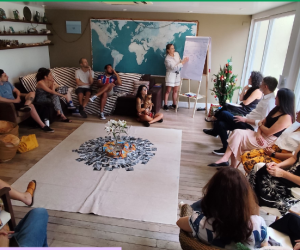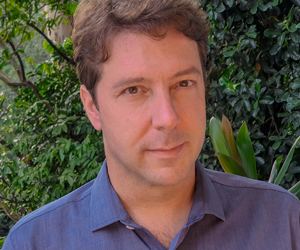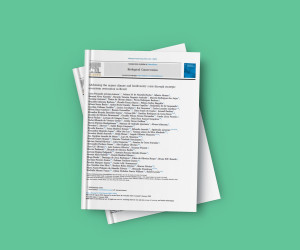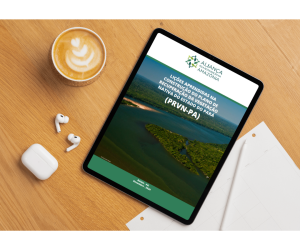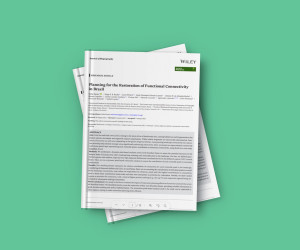GEF Terrestrial – Conservation, Restoration and Sustainable Management Strategies to Enhance Caatinga, Pampa and Pantanal Biodiversity

The recovery of native vegetation is growing on the sustainable development agenda in Brazil and worldwide. It is possible to demonstrate, through scientific knowledge, the range of the environmental benefits, such as: increasing and maintaining water availability, combating and adapting to climate change and preserving biodiversity and genetic resources. However, it must be considered in a broader context, where sustainable development is stimulated. It must also take into account the enormous social challenges — from which the environmental goals must not deviate, but help to overcome. The native vegetation recovery options that also promote economic benefits, especially income and employment, should be the focus of policies.
In this context, IIS acts on the technical consultancy of the Conservation, Restoration and Sustainable Management Strategies to Enhance Caatinga, Pampa and Pantanal Biodiversity – Land GEF which aims to promote the effective conservation of biodiversity in terrestrial ecosystems, focusing on the Caatinga, Pampa and Pantanal biomes by strengthening the management in Conservation Units (UCs), recovering degraded areas and protecting threatened species.
IIS’s work aims to identify priority areas for the recovery of native vegetation in the respective biomes, based on multicriteria spatial analysis. In this way, it will be possible to assist the implementation of policies and meet international commitments undertaken by the country, identifying areas where the cost / benefit of vegetation recovery is higher, thus optimizing the use of public and private resources and boosting the vegetation recovery in large scale in Brazil.
In addition, in partnership with the Northeast Environmental Research Center – Cepan, IIS will work on another front of the project that seeks to contribute to the consolidation of recovery and monitoring techniques in the Caatinga biogeographic region based on diagnoses of the regional production chain of restoration and associated economic feasibility studies. With extensive experience in economic studies for the recovery of vegetation, IIS will provide assistance to Cepan to analyze the economic and financial viability of technical models aimed at recomposing the biome’s native flora.
The project is coordinated by the Department of Protected Areas of the Secretariat for Biodiversity (DAP / SBio) of the Ministry of Environment (MMA), financed with resources from the Global Environment Facility (GEF) and has the Inter-American Development Bank (IDB) as the implementing agency, in addition to the Brazilian Biodiversity Fund (FUNBIO) as executing agency.

